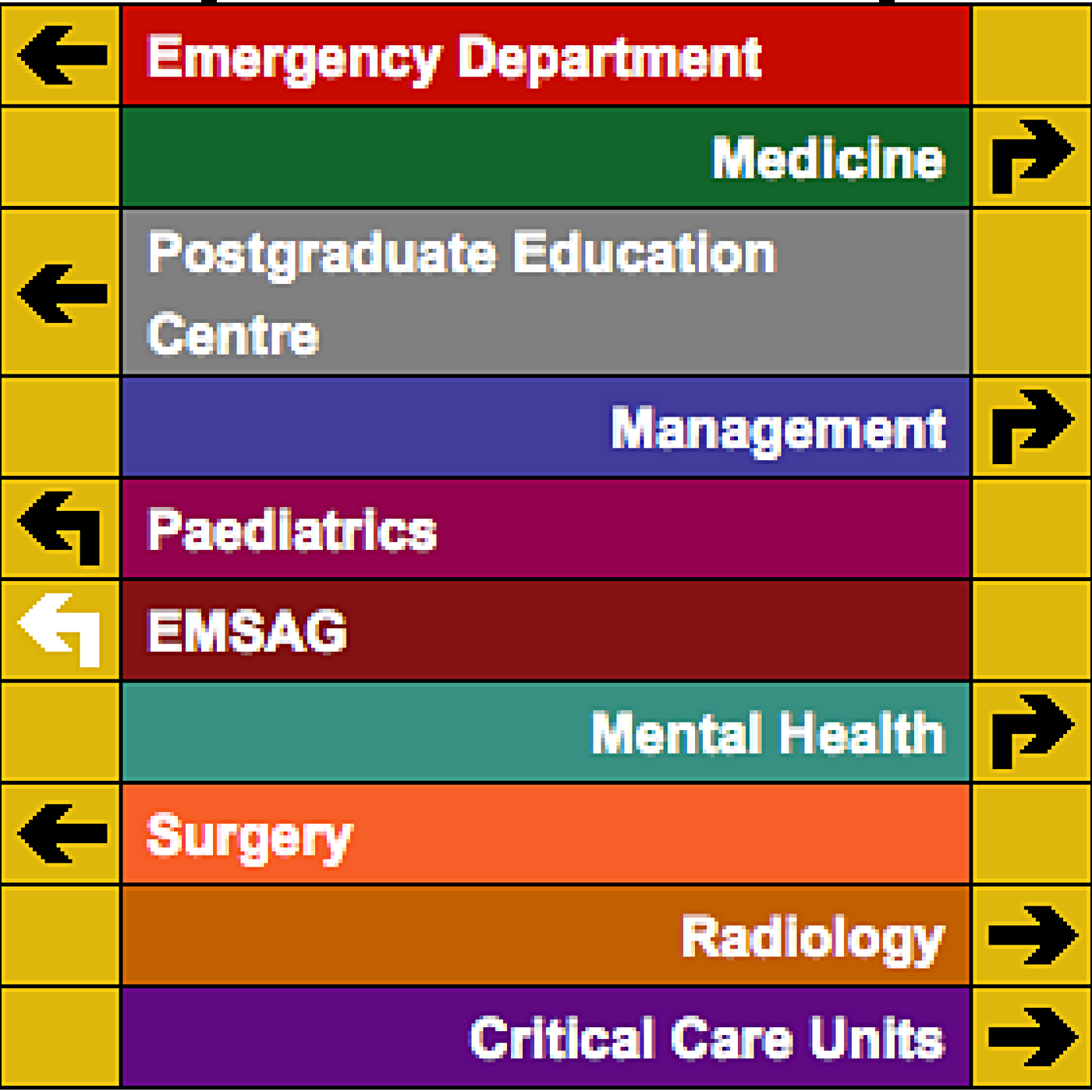
- Podcast Features
-
Monetization
-
Ads Marketplace
Join Ads Marketplace to earn through podcast sponsorships.
-
PodAds
Manage your ads with dynamic ad insertion capability.
-
Apple Podcasts Subscriptions Integration
Monetize with Apple Podcasts Subscriptions via Podbean.
-
Live Streaming
Earn rewards and recurring income from Fan Club membership.
-
Ads Marketplace
- Podbean App
-
Help and Support
-
Help Center
Get the answers and support you need.
-
Podbean Academy
Resources and guides to launch, grow, and monetize podcast.
-
Podbean Blog
Stay updated with the latest podcasting tips and trends.
-
What’s New
Check out our newest and recently released features!
-
Podcasting Smarter
Podcast interviews, best practices, and helpful tips.
-
Help Center
-
Popular Topics
-
How to Start a Podcast
The step-by-step guide to start your own podcast.
-
How to Start a Live Podcast
Create the best live podcast and engage your audience.
-
How to Monetize a Podcast
Tips on making the decision to monetize your podcast.
-
How to Promote Your Podcast
The best ways to get more eyes and ears on your podcast.
-
Podcast Advertising 101
Everything you need to know about podcast advertising.
-
Mobile Podcast Recording Guide
The ultimate guide to recording a podcast on your phone.
-
How to Use Group Recording
Steps to set up and use group recording in the Podbean app.
-
How to Start a Podcast
-
Podcasting
- Podcast Features
-
Monetization
-
Ads Marketplace
Join Ads Marketplace to earn through podcast sponsorships.
-
PodAds
Manage your ads with dynamic ad insertion capability.
-
Apple Podcasts Subscriptions Integration
Monetize with Apple Podcasts Subscriptions via Podbean.
-
Live Streaming
Earn rewards and recurring income from Fan Club membership.
-
Ads Marketplace
- Podbean App
- Advertisers
- Enterprise
- Pricing
-
Resources
-
Help and Support
-
Help Center
Get the answers and support you need.
-
Podbean Academy
Resources and guides to launch, grow, and monetize podcast.
-
Podbean Blog
Stay updated with the latest podcasting tips and trends.
-
What’s New
Check out our newest and recently released features!
-
Podcasting Smarter
Podcast interviews, best practices, and helpful tips.
-
Help Center
-
Popular Topics
-
How to Start a Podcast
The step-by-step guide to start your own podcast.
-
How to Start a Live Podcast
Create the best live podcast and engage your audience.
-
How to Monetize a Podcast
Tips on making the decision to monetize your podcast.
-
How to Promote Your Podcast
The best ways to get more eyes and ears on your podcast.
-
Podcast Advertising 101
Everything you need to know about podcast advertising.
-
Mobile Podcast Recording Guide
The ultimate guide to recording a podcast on your phone.
-
How to Use Group Recording
Steps to set up and use group recording in the Podbean app.
-
How to Start a Podcast
-
Help and Support
- Discover

Ep 114 - The past, present and future of IV Fluids in Paediatric Practice with Steve Playfor
The Evolution of IV Fluid Therapy: A Critical Review
Welcome to St Emlyn's blog. Today, we explore the evolving landscape of intravenous (IV) fluid therapy in pediatric care. I'm Simon Carly, and I had the privilege of discussing this topic with Dr. Steve Playful at the Royal Manchester Children's Hospital. We delved into the historical context, current practices, and future directions of IV fluid therapy. Here's a comprehensive review of our discussion.
Historical Context of IV Fluids in PediatricsThe use of IV fluids in pediatrics has undergone significant changes over the years. Approximately 20 years ago, the standard practice involved administering hypotonic fluids to children. This practice was rooted in research from the 1950s that misjudged children's electrolyte and fluid requirements, leading to widespread use of solutions like 0.18% saline with 5% glucose.
However, this approach had its drawbacks. While individual practitioners might not have frequently observed issues, numerous instances of iatrogenic hyponatremia leading to cerebral edema and death highlighted the risks. This spurred a reevaluation of IV fluid therapy practices in pediatrics.
Transition from Hypotonic to Isotonic SolutionsBy the late 1990s, concerns about the dangers of hypotonic solutions grew. In 2006, the National Patient Safety Agency in the UK formed a group to address these concerns. They concluded that most children could safely receive half-normal saline as maintenance fluid, except in high-risk situations, marking a significant shift from previous practices.
The pediatric community started adopting isotonic solutions, such as normal saline. However, normal saline (0.9% sodium chloride) presents its own issues. Despite its name, it is not truly "normal" as its sodium content is slightly higher than plasma levels, and its chloride content is about 60% higher. Moreover, the pH of normal saline is around 5.5, far from physiological levels.
Emergence of Balanced SolutionsBalanced solutions have emerged as a promising alternative to both hypotonic and isotonic solutions. Designed to more closely mimic the body's natural plasma, solutions like Ringer's lactate and Plasma-Lyte have gained popularity in the UK. These balanced solutions are buffered with substances like acetate or gluconate to maintain a more physiological pH.
Plasma-Lyte, for instance, is available with and without dextrose, making it versatile for different clinical scenarios. These solutions are typically better tolerated and associated with fewer complications compared to normal saline.
The Debate: Saline vs. Balanced SolutionsThe debate over the optimal type of IV fluid for pediatric patients continues. Recent studies, including large international trials, suggest balanced solutions are associated with fewer complications than normal saline. These complications include hyperchloremia, which can lead to acute kidney injury and other adverse outcomes.
Despite these findings, normal saline remains the most commonly administered IV fluid worldwide. This persistence is largely due to tradition and established practices. Changing these deeply ingrained habits requires substantial evidence and updated clinical guidelines.
Key Studies and EvidenceSeveral studies highlight the benefits of balanced solutions over normal saline. Research indicates that balanced solutions result in less acidosis and fewer chloride level shifts without demonstrated harm. However, not all studies show significant differences. The SPLIT trial, for instance, did not find a marked difference between the two fluid types, though this study had limitations, including uncontrolled pre-enrollment fluid administration and varying severities of illness among patients.
Future Directions in IV Fluid TherapyAs we look ahead, several areas of interest in IV fluid therapy emerge. One key question is which balanced solution is optimal for pediatric patients. Current options include fluids buffered with acetate and gluconate versus those buffered with lactate. Further research is needed to compare these solutions directly.
Another potential development is the inclusion of bicarbonates in balanced solutions. Stabilizing bicarbonates in plastic containers has been challenging, but advances in technology may eventually make this possible, offering a more complete balanced solution.
Practical RecommendationsFor clinicians, the decision on which IV fluid to use should be guided by the latest evidence and tailored to the patient's needs. Here are some practical considerations and recommendations:
-
Review the Evidence: Stay informed about the latest research comparing saline and balanced solutions. Reflect on the pathophysiological basis for each type of fluid.
-
Consider the Patient's Condition: For most pediatric patients, balanced solutions are likely safer and more effective. However, specific clinical scenarios may require different approaches. For instance, patients with pyloric stenosis or certain nephrological conditions may benefit from tailored fluid compositions.
-
Monitor and Adjust: Fluid therapy should always be closely monitored and adjusted based on the patient's ongoing needs and responses. This includes considering electrolyte levels, acid-base balance, and overall clinical status.
-
Educate and Advocate: Part of the challenge in shifting to balanced solutions is overcoming established practices and resistance to change. Educate colleagues and advocate for evidence-based practices within your institution.
The evolution of IV fluid therapy in pediatrics mirrors broader trends in medical practice: the quest for safer, more effective treatments, and the need to challenge established norms with new evidence. While much remains to be learned, current evidence strongly supports the use of balanced solutions over traditional saline in most pediatric scenarios.
As clinicians, it's our responsibility to stay informed and adapt practices based on the best available evidence. By doing so, we can improve patient outcomes and advance the field of pediatric medicine.
For those interested in further reading, many of the studies discussed are blogged about on our site. Explore these resources for more detailed discussions and links to original research. Stay informed, stay curious, and continue striving for excellence in your practice.
Thank you for joining us on this deep dive into IV fluid therapy. We hope this discussion has provided valuable insights and practical recommendations for your clinical practice. As always, we welcome your thoughts and feedback on this important topic.
More Episodes
 2016-06-22
2016-06-22
 3.1k
3.1k
 2016-06-16
2016-06-16
 3.9k
3.9k
 2016-06-14
2016-06-14
 4.2k
4.2k
 2016-04-29
2016-04-29
 7.3k
7.3k
 2016-03-23
2016-03-23
 7.2k
7.2k
 2016-01-13
2016-01-13
 4.7k
4.7k
 2015-12-17
2015-12-17
 4.6k
4.6k
 2015-12-09
2015-12-09
 4.5k
4.5k
 2015-12-08
2015-12-08
 4.8k
4.8k
 2015-11-28
2015-11-28
 6.0k
6.0k
 2015-11-02
2015-11-02
 6.0k
6.0k
 2015-09-27
2015-09-27
 7.6k
7.6k
 2015-09-05
2015-09-05
 8.7k
8.7k
 2015-07-26
2015-07-26
 7.5k
7.5k
 2015-07-16
2015-07-16
 3.8k
3.8k
Create your
podcast in
minutes
- Full-featured podcast site
- Unlimited storage and bandwidth
- Comprehensive podcast stats
- Distribute to Apple Podcasts, Spotify, and more
- Make money with your podcast
It is Free
- Privacy Policy
- Cookie Policy
- Terms of Use
- Consent Preferences
- Copyright © 2015-2025 Podbean.com


